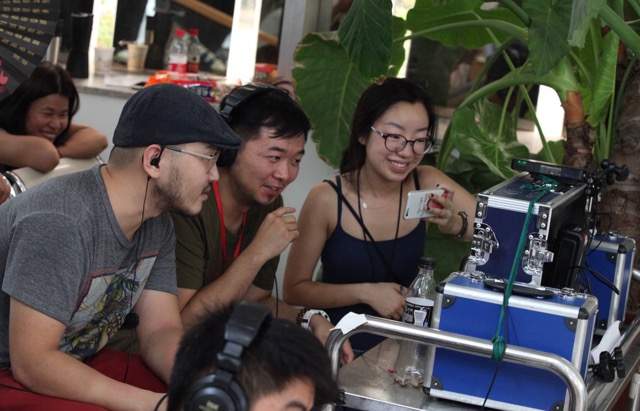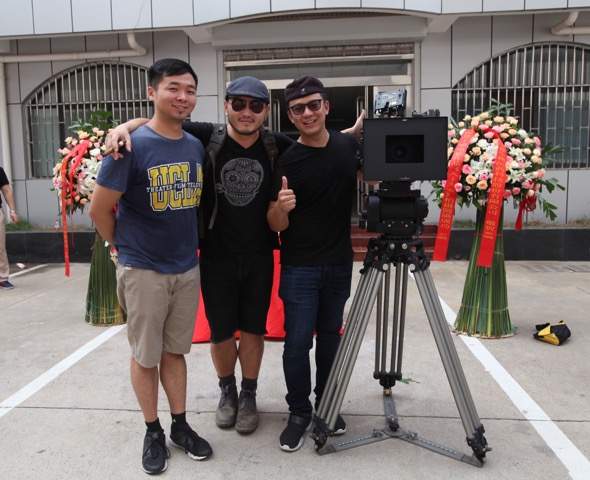Director Zheng “Nathan” Nie Finds His Voice with Rest in Peace
A father paces back in forth in the waiting room while his wife rocks ever so slightly in an attempt to calm herself. A doctor emerges through the doors to calmly inform them that their son who was just brought to the hospital with a fever has died. The mid-twenties age father falters and collapses, knees giving out with no regard for injury. There on the floor, with mouth agape, he struggles to comprehend how this happened that the world no longer makes any sense. These early scenes in writer/director Zheng “Nathan” Nie’s drama Rest in Peace are the spark which ignites a community presented in the story. Though this film is not in English and takes place in China, no translation is needed to understand such a life-altering scenario. Brilliantly constructed and directed, Rest in Peace placed Zheng among such iconic filmmakers as Oscar Award–winner Francis Ford Coppola, Primetime Emmy Award & Oscar Award–winner Reed Morano, and Golden Globe & Grammy Award–winner Spike Jonze, whom also received the UCLA Directors Spotlight Award (presented at the Director Guild of America Theater).

Powerful. That’s the only word appropriate to describe this story and the manner in which Nathan has chosen to present it. The looming sense of disbelief and razor thin separation of anger and complete madness saturates this film. Present are both the overwhelming pain of losing a child and the devious desire by others to use it for monetary gain. Rest in Peace is visceral and taxing. Watching this film feels like sparring three rounds with an overpowering boxing opponent. That’s not to imply any negativity. In the same way that reality saps us of our strength, the believable events and characters of this film pull us into their world, allowed to do so by our involuntary and unspoken agreement to not look away from the screen. When factory worker Du Guangcai’s son dies suddenly at the hospital, a duplicitous man persuades him to hire those who might help him find answers. In repeated interactions with the hospital staff, Du’s emotions and actions escalate. We see him becoming someone very different from the man he was before his world fell apart. The scene in which Du first returns to the hospital following his son’s death is one of the most transfixing of the entire film. It demanded something special to manifest as Nathan describes, “The actor had to rush into the lobby, ask the receptionist where the doctor is, get told the doctor’s not there and then be introduced to the supervisor instead. We needed to feel him become even more suspicious, passionately confront the doctor, and get kicked out of the hospital. It was a very complicated scene because I wanted the lead actor, Yiji Zhao, to build up the frustration and anger naturally. I decided to shoot this scene in one continuous take. We ended up doing more than twenty takes because of how complicated the scene was and how many lines there were. Since the actor wasn’t a father in real life, I thought it was necessary to get that raw emotion this way. Yiji was exhausted in the end but the performance we ended up capturing felt very authentic and powerful.”

Nathan has a deep attachment to this film as it helped define his unique professional voice. He confides, “This was the first time I got to make a film in my home country of China. It was also the first Chinese language script I’d written. As a bilingual filmmaker, I want to be able to work in both American and Chinese film industries. Rest in Peace has been my calling card to appeal to financiers. Artistically, before this film, I tried a lot of different styles but making this film helped me find my voice, which is stories about turbulence hiding under seemingly peaceful surfaces. Rest in Peace helped me learn who I am as a filmmaker.”
Writer: Calvin Hooney






